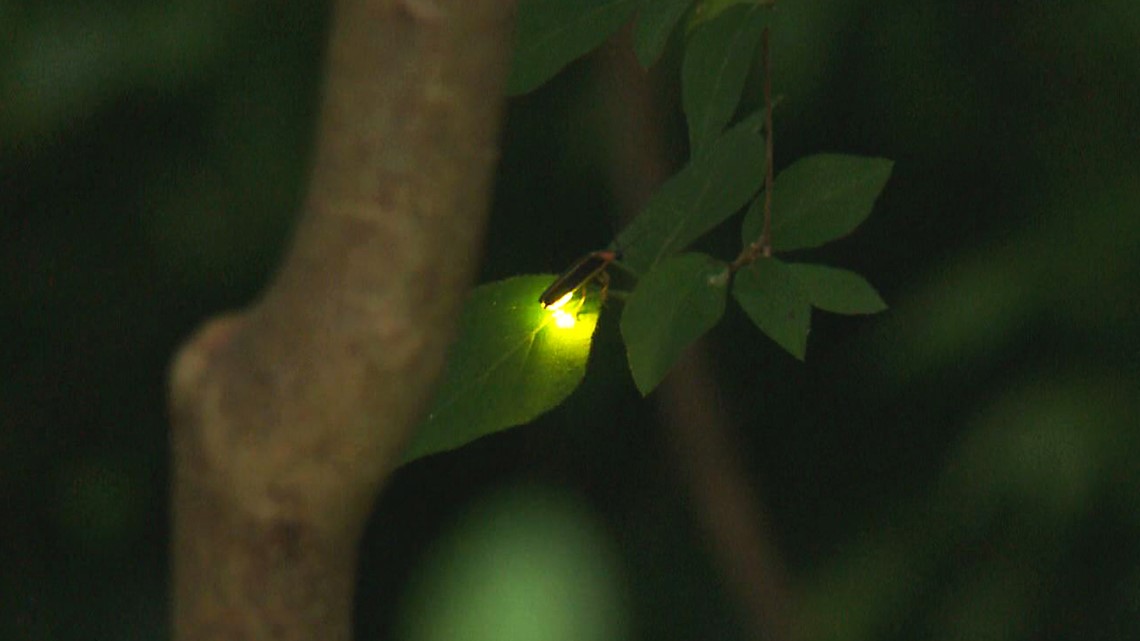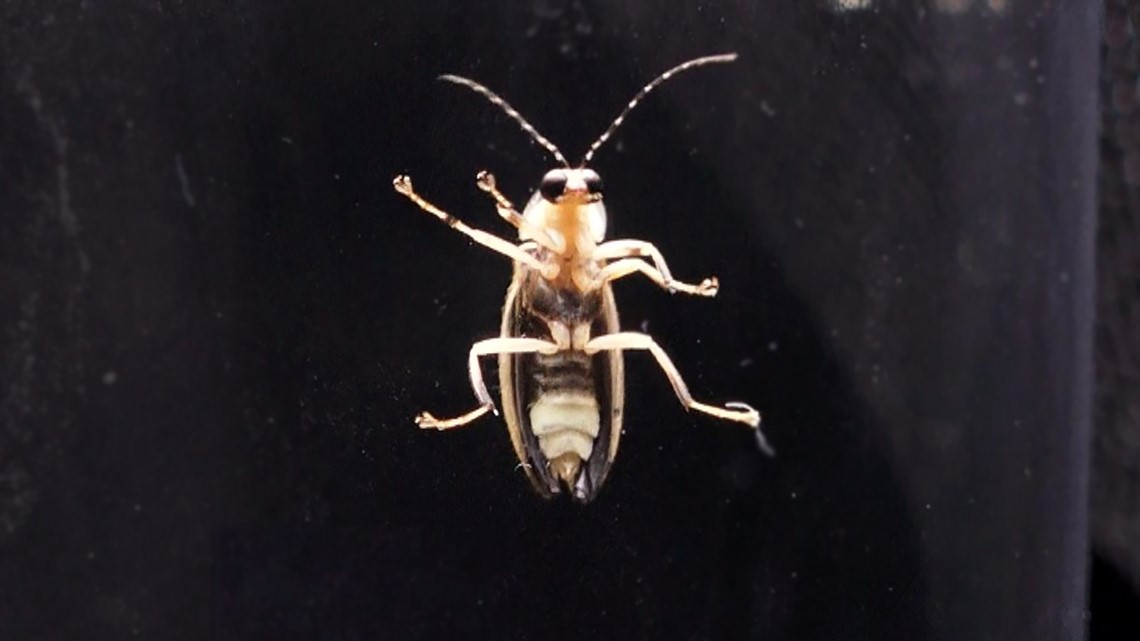GATLINBURG, Tenn. — Some people call them lightning bugs. Others prefer the term fireflies. Whatever you call the bio-luminescent beetles that fly and flash each spring, you'll likely notice more of them in 2019 than the last couple of years.
"2019 has been a good year so far. I have seen good numbers across East Tennessee. The recovery from the 2016 drought is well underway and they're back to good levels," said Lynn Faust of Knoxville, an expert who wrote the field guide for dozens of lightning bug species in North America.
In the early 1990s, Faust introduced the world to the now-famous synchronous firefly species (Photinus carolinus) at Elkmont in the Great Smoky Mountains National Park. For decades, Faust's mother-in-law called the annual display "the light show" and the family watched the rare species from the back porch of their cabin in Elkmont.


The light show in Elkmont and throughout the region was dimmer in 2017 and 2018 after a devastating drought in 2016. The record drought also led to conditions that fostered deadly wildfires in and around the Smokies.
"The drought did more damage than the wildfires because the drought was everywhere. If you are a lightning bug, you like moisture. Drought kills them pretty quickly. The numbers plummeted the next year," said Faust.
Faust said she subjectively measured around half the normal population of many species in 2017. Numbers rebounded in 2018, especially for species of lightning bugs that are often prey to other fireflies. In 2019, Faust says the predators have recovered for normal levels of both main groups of insects that fly and flash.


"The last year and this winter were really wet, as anyone who was here in February knows. That helped the lightning bugs still in the ground as larvae. They spend a year underground, then come out and pupate and become adults. The adults find a mate, lay eggs, and then they die," said Faust.
When the insects emerge to mate, the daily weather impacts their behavior. Faust said the unseasonably warm weather leads to an exciting show that may be short-lived.
"They like the heat. They emerge quicker when it is warm, but they might not live as long if it is too hot and dry. The temperature makes a real difference. On hot nights in the 70s, they flash brighter and faster. They can flash almost twice as fast. In general, they usually won't flash below 50 degrees," said Faust.


Faust provides input to the experts with the National Park Service as it determines when to schedule the annual synchronous firefly viewing event. Because the park must schedule the event several weeks in advance, getting the dates to match up with the peak is always a bit of a gamble. The schedule for 2019 seems close, with the unexpected heat wave possibly causing peak to occur just before or during the early days of the May 30 through June 8 event.
"Whenever you can see the show at Elkmont, it is going to be enjoyable. It is something everyone should do once in their lives. But I want people to know they don't have to come to the Smokies. There are so many different species of fireflies in East Tennessee from March until frost. Get out and find your own little secret spot to enjoy," said Faust.
Faust said you can help lightning bug populations by reducing the amount of artificial light from April through July, especially flood lights and landscaping accent lights that illuminate trees.

